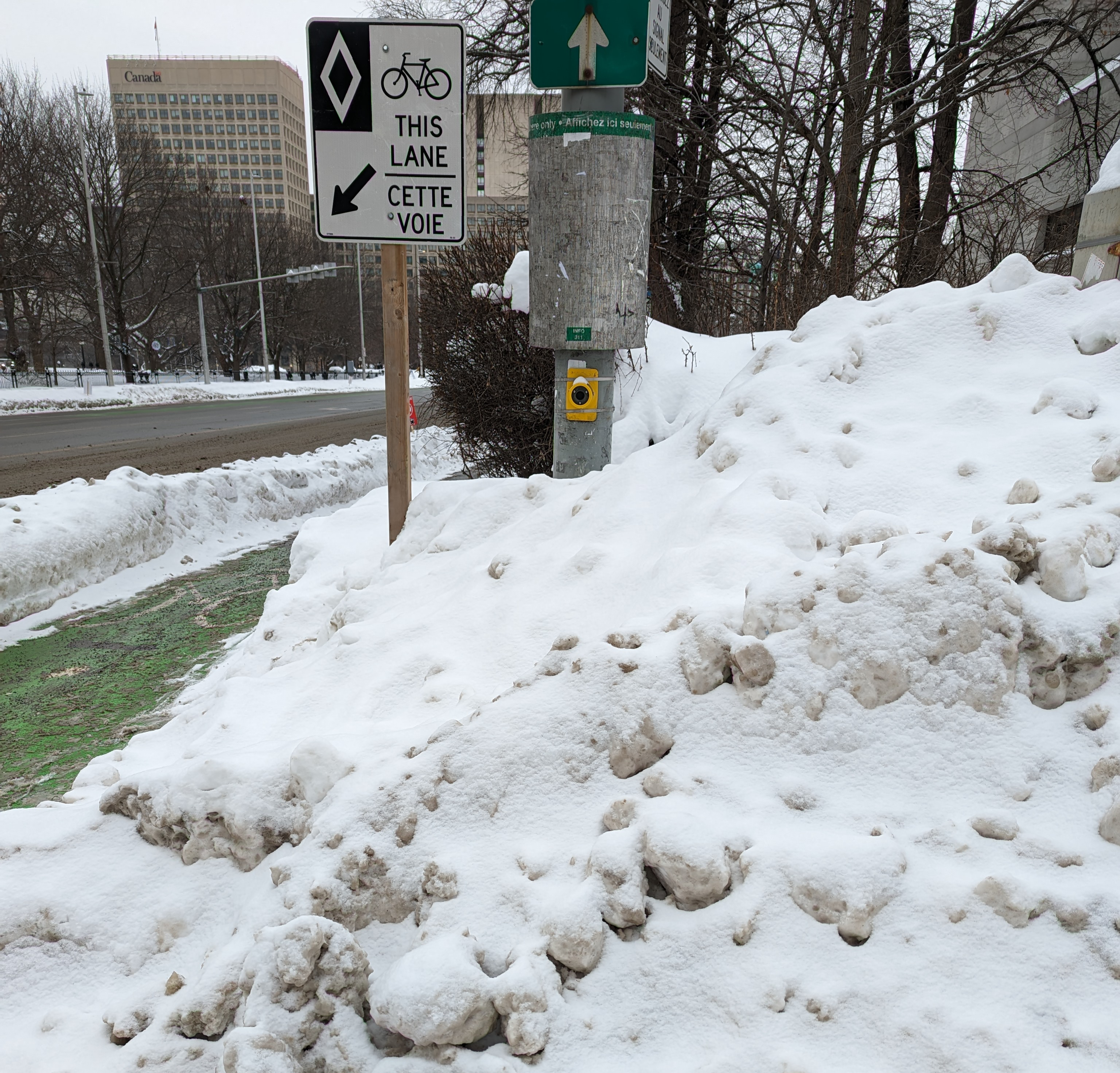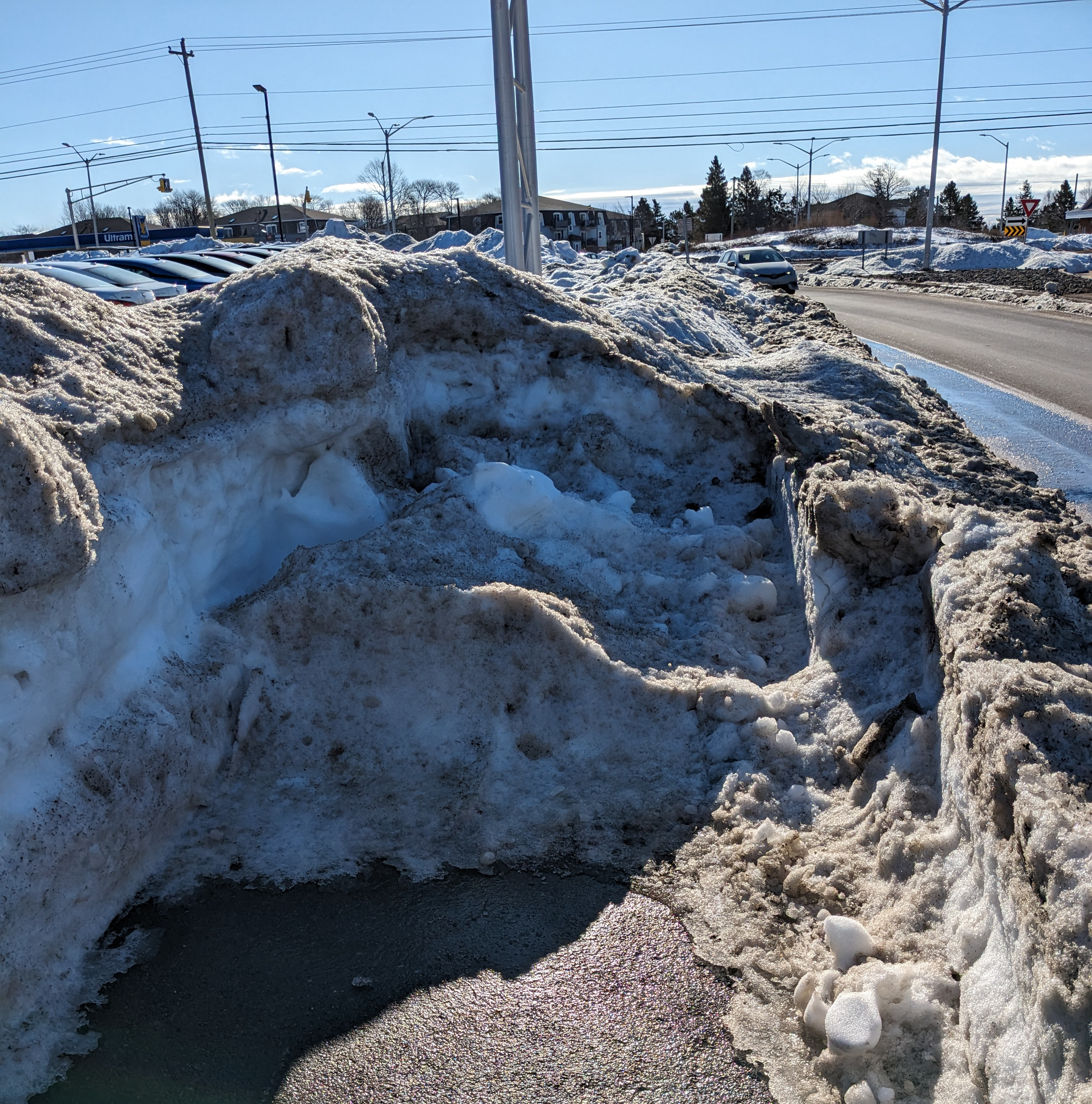 Shoveling snow is a part of life for many Canadians, but did you know it’s also a way to make your community more accessible?
Shoveling snow is a part of life for many Canadians, but did you know it’s also a way to make your community more accessible?
Keeping pathways clear of snow and ice is critical for people who are blind. Imagine trying to navigate a snow-covered sidewalk with a white cane or a guide dog, or being unable to see dark, slippery patches of ice. And it’s not just people who are blind who benefit – clear pathways create safer conditions for everyone, including people using mobility devices, parents with strollers, or seniors who may be at risk of slipping.
This winter, CNIB invites you to join our SnoWay campaign to shine a spotlight on the hazards snow and ice create on sidewalks and walkways – and to call on municipalities to ensure winter paths are safe and accessible for everyone.
Shoveling snow is something many of us already do, and it’s a simple way to help your neighbours navigate winter with confidence. If you’re able to do so, here are five easy tips for shoveling snow safely and effectively:
1. Warm Up Before You Start
Shoveling snow is a workout! Take a few minutes to stretch your arms, legs, and back before heading outside. This simple step can reduce your risk of muscle strain or injury.
2. Dress for the Job
Wear warm, lightweight layers that allow you to move freely. Choose breathable fabrics to keep dry, and cover your head, ears, hands, and feet to stay warm. Opt for boots with good traction and gloves that provide a solid grip. Ensure hats or scarves don’t block your vision – you need to see what you’re shoveling!
3. Choose the Right Shovel
Using a lightweight, ergonomic shovel can make all the difference. Look for one with a curved handle to reduce strain on your back. If possible, opt for a shovel designed to push snow rather than lift it – it’s easier on your body and more efficient.
 4. Push, Don’t Toss
4. Push, Don’t Toss
Whenever you can, push the snow to the side instead of lifting and tossing it. If you must lift snow, bend your knees, keep your back straight, and lift with your legs. Avoid twisting your body, as this can lead to injuries.
5. Take Breaks
Shoveling can be exhausting, especially when snow is heavy or wet. Take frequent breaks to avoid overexertion. If the snow is particularly deep, try clearing smaller amounts at a time to make the task more manageable.
A Small Act with Big Impact
Shoveling snow isn’t just about convenience – it’s about making your neighbourhood safer and more inclusive. By keeping sidewalks, transit stops, and pathways clear, you’re helping people stay mobile and independent during the winter months.
If you’re unable to shovel snow yourself, you can still make a big difference by spreading awareness, talking to your neighbours, or advocating for improved snow removal policies in your community. Check out all the ways you can join our SnoWay campaign at this link.
Together, let’s make this winter safer for everyone!